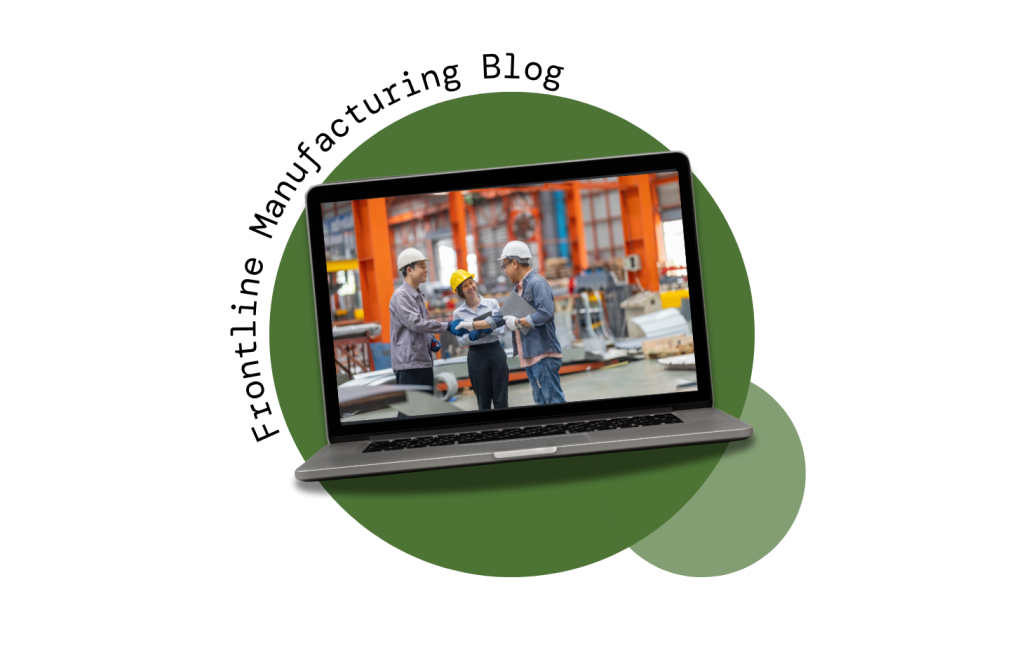Why Leadership Drives Health and Safety in Manufacturing
In today’s manufacturing industry across Australia and New Zealand, strong leadership has become the cornerstone of both productivity and workplace safety success. Health and safety (H&S) are no longer just a compliance checkbox; it’s a measure of organisational strength. For manufacturers, the ability to combine operational performance with a culture of safety defines who will thrive in 2025 and beyond.
The Changing Manufacturing Landscape in Australia and New Zealand
The manufacturing sector is experiencing major transformation:
- Recruitment challenges: In early 2025, Jobs and Skills Australia reported that almost 50% of manufacturers found it difficult to fill roles, one of the highest rates across all industries.
- Industry 4.0 technologies: Automation, robotics and data-driven production have changed how factories operate.
- Sustainability expectations: The shift towards environmentally responsible operations has brought new safety and process risks to manage.
- Talent retention: Manufacturing employers across Australia and New Zealand now compete on culture, safety, and development, not just pay.
With such rapid change, leadership in manufacturing health and safety is critical to success.
Why Leadership Matters for Health and Safety Success
- Leadership shapes safety culture
Every high-performing manufacturing site begins with leadership that models the right behaviours. When leaders participate in toolbox talks, safety walks, and open conversations about risk, employees mirror those priorities. A visible commitment to manufacturing safety culture turns policies into practice.
- Navigating new technology and complex risk
Automation and digital systems reduce manual labour but add new layers of technical risk: from robotics safety to data systems oversight. Leaders who invest in continuous health and safety training for manufacturing teams ensure both human and digital operations run safely and efficiently.
- Attracting and retaining skilled manufacturing talent
In a market where qualified tradespeople, maintenance specialists, and production managers are scarce, safety leadership is a competitive advantage. Candidates increasingly look for workplaces where leaders genuinely value health, wellbeing, and professional growth, particularly in Australia’s and New Zealand’s tight labour markets.
- Protecting business performance and reputation
Workplace incidents impact productivity, insurance costs and brand reputation. Effective manufacturing leadership mitigates these risks through proactive compliance, data-driven monitoring, and open communication. Great safety leaders know that every safe shift strengthens long-term business performance.
Practical Steps for Manufacturing Leaders
- Lead by example. Attend site safety briefings, engage in open conversations, and demonstrate commitment through visible action.
- Prioritise leadership training. Invest in courses that blend technical understanding with behavioural safety and people management.
- Leverage data. Use digital tools to track incidents, near-misses and process performance and communicate insights transparently.
- Encourage participation. Build a culture where all staff contribute to identifying and resolving risks.
- Integrate safety into strategy. Make health and safety part of business planning, production targets and sustainability initiatives.
The Bottom Line
Strong leadership in manufacturing health and safety isn’t optional it’s essential. As Australian and New Zealand manufacturers face complex technologies, workforce shortages and higher regulatory expectations, leadership capability will separate the industry leaders from the laggards.

